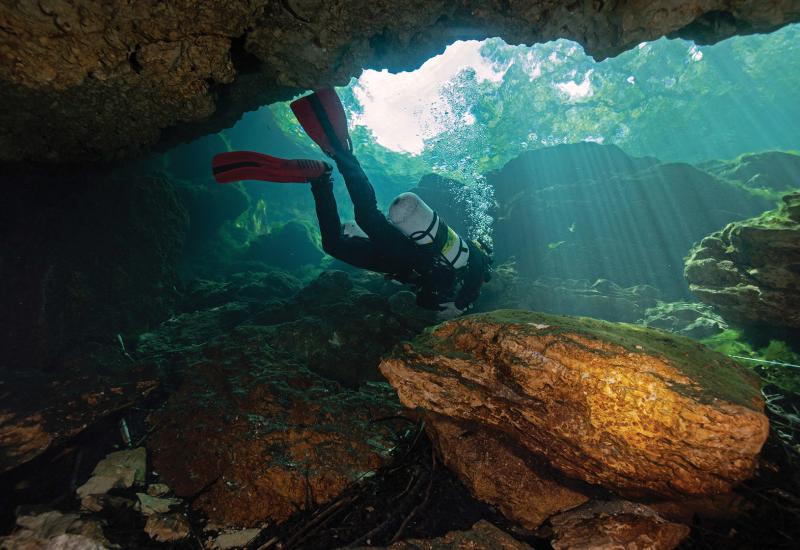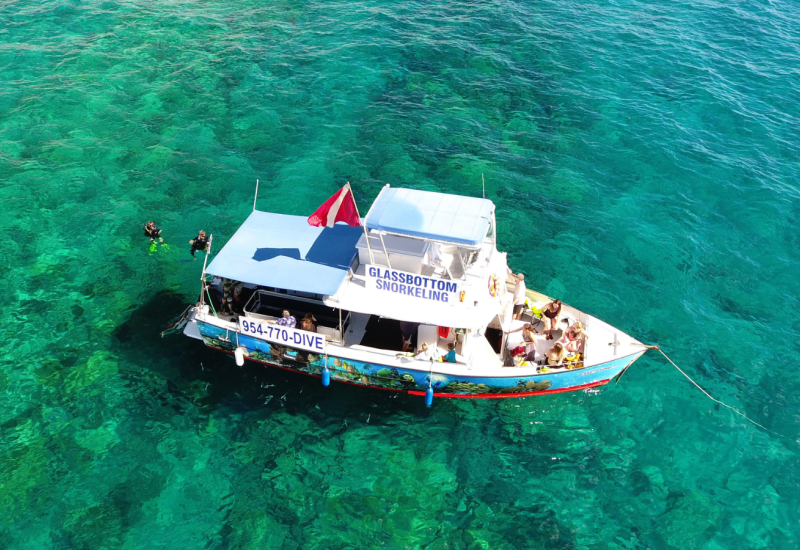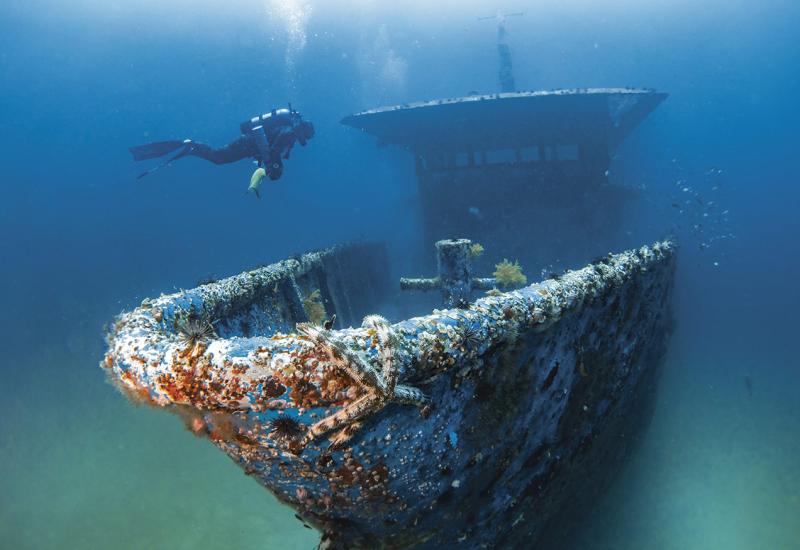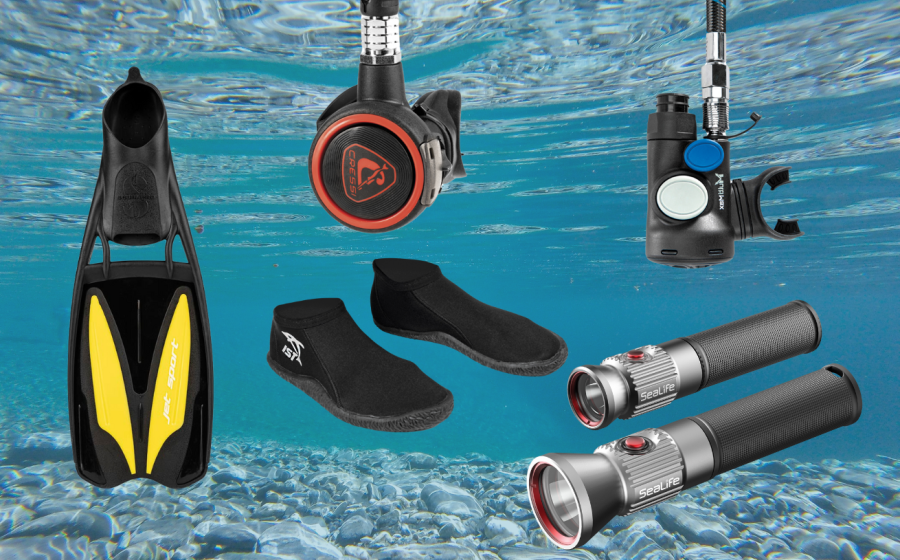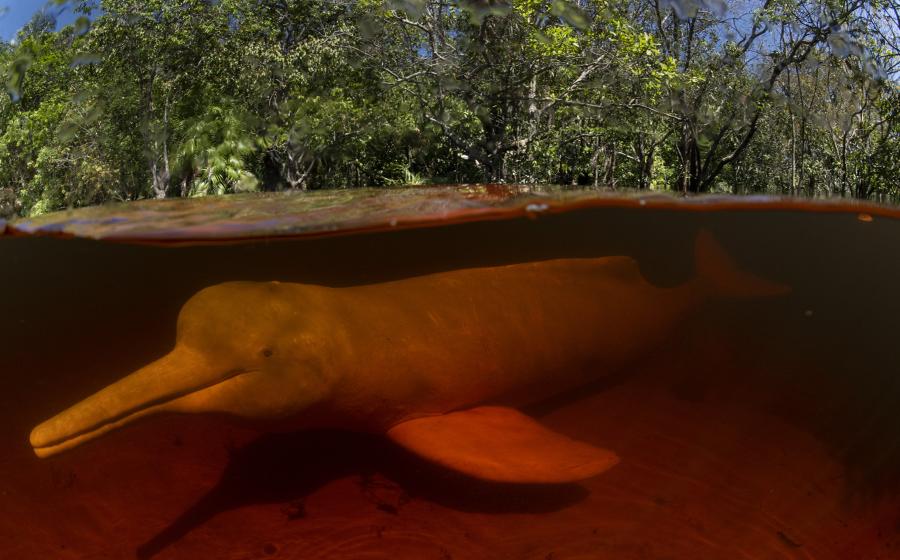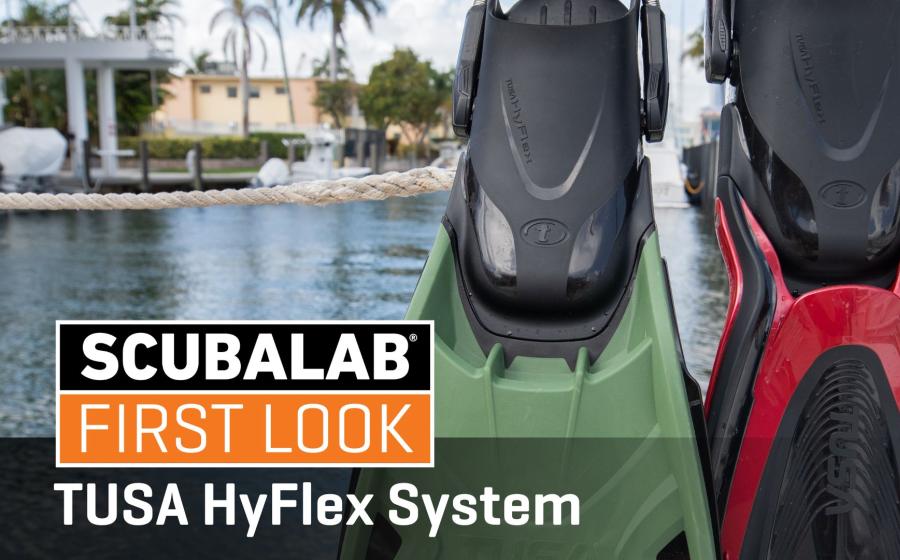Diver of the Day: Grace Young
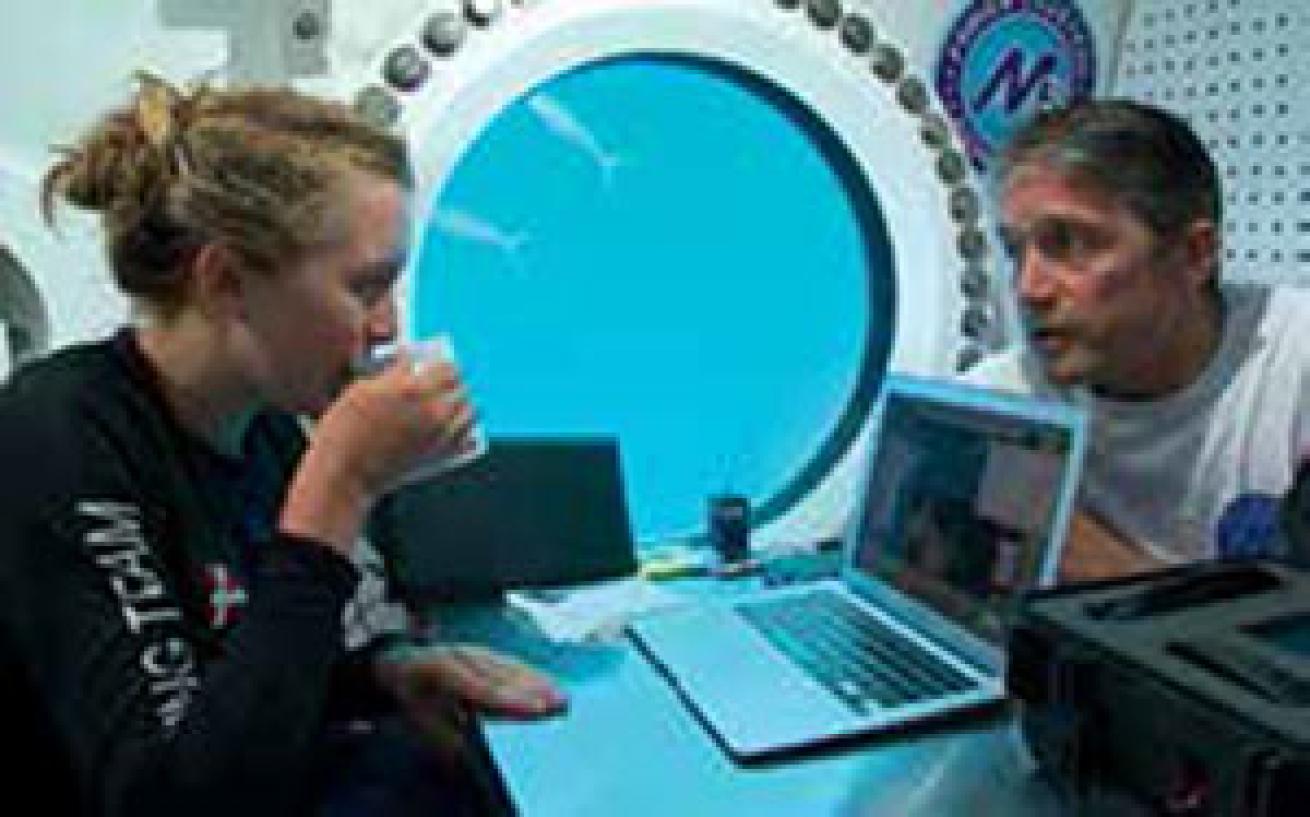
Mission 31Time for a quick cup of coffee on Mission 31.
Fabien Cousteau calls Grace Young, 22, a rock star. The ocean explorer first met the prodigy at a 2013 _Glamour _magazine luncheon where she was being honored as a College Woman of the Year. The MIT graduate and current Oxford University marine robotics Ph.D. candidate had already helped create a machine that generated 3-D maps of Antarctic ice formations, used to better predict weather and climate change.
For NOAA, Young helped design a BotCam, aka robotic camera, to monitor no-fishing zones. Her packed resume — including being an accomplished diver — piqued the interest of Cousteau, who invited her to suit up for Mission 31, his 31-day experiment at the Aquarius habitat in the Florida Keys National Marine Sanctuary.
Q: What was your favorite innovation of Mission 31?
A: Another engineer built a brand-new, high-speed video camera capable of filming 18,000 frames a second. By comparison, your iPhone takes 30 frames a second, or 120 in the slo-mo setting. The previous version of this technology cost $100,000. The new camera costs $5,000, which is affordable to oceanic research. We were able to capture a mantis shrimp feeding on a goby, which happens in the blink of an eye.
Q: What would readers find surprising about Mission 31?
A: Every night before going to bed, we planned each half-hour of the coming day in terms of what we wanted to accomplish. That facility costs $10,000 a day to operate, so you can’t waste any time.
Q: What’s the biggest misconception about your work?
A When I tell people what I do, they always think of humanoid robots, but then they see pictures. I make propulsion units, most of which are barrel-shaped. The other misconception is that people think robots will have all the fun for us, but I don’t think so. There will always be a place for manned exploration.
To learn more about Grace Young's work, visit graceunderthesea.com.

